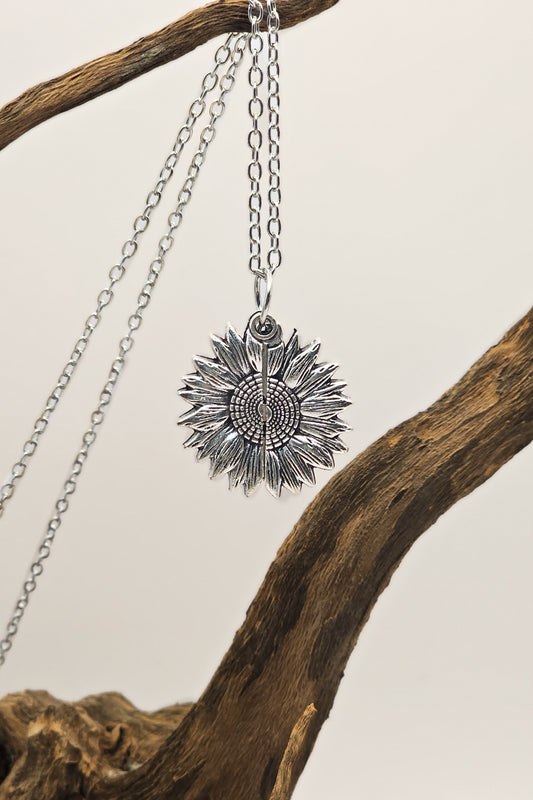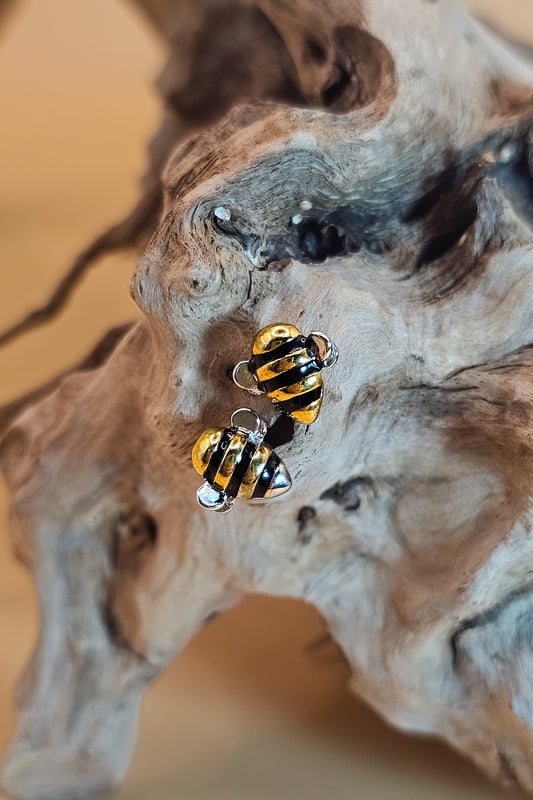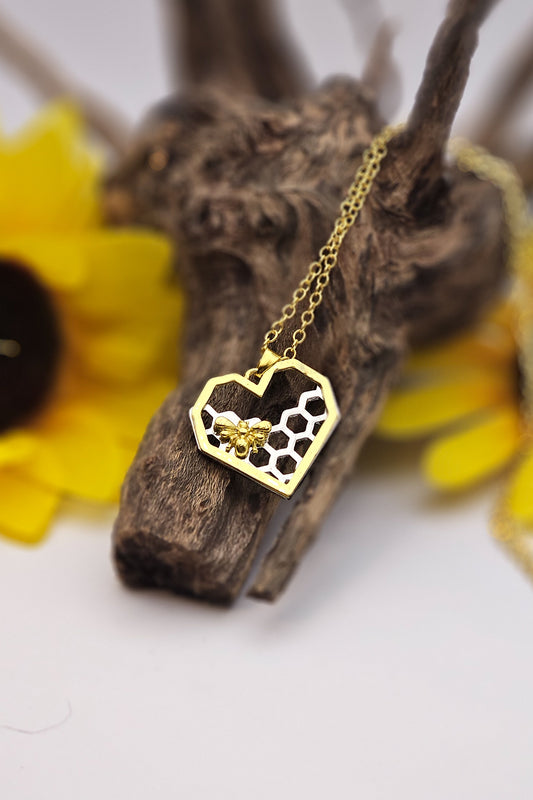Honeybees do not lay eggs and then die in winter, which is what happens to many other insects, including some types of bees. For the most part, bees survive the winter, unless they suffer an unplanned, catastrophic incident like running out of food, or being attacked by predators or mites. Too much moisture in the hive can kill bees in cold weather.
Many people believe bees hibernate all winter. According to Colorado State University, bees do not hibernate. They slowly and continuously flex their wings, creating vibrations that keep themselves and the hive warm throughout the winter.
Bees are cold-blooded and are very temperature sensitive creatures. When autumn sets in and it gradually gets to about 50F, bees start to gather and form a cluster, like snuggling, to generate winter warmth. The queen bee is at the heart of the cluster, as it is their main goal to keep her warm.
To cluster, they lightly attach to each other, surrounding her comfortably. The colder it gets, the tighter the cluster becomes. This produces more warmth. They take turns moving in and out, with the outer bees trading places with inner bees so the temperature rotates, and all bees can consume honey, get warm, cool off, and so the cycle goes.
The little worker bees flap their wings and shiver to stoke the warmth, and it is quite normal for the central area around the queen to be 90F.
This 4:23-minute video by GardenFork looks at winter prepping for beehives:
Good beekeepers insulate their hives with black tar paper and give the hive a good cleaning before winter strikes. They also load up the hives with extra sugar or other food to help their bees out. Because once true winter strikes, you can only hope things go well, but you won’t know for sure until spring.
The more active the bees are, or the milder the weather is, the more honey the bees will consume, so you may have to keep that in mind. It never goes to waste, as it can still be eaten even after the bees start flying out in early spring. Always leave too much instead of too little honey in the hive for winter.
Another tricky time for bees is after winter ends but spring hasn’t quite kicked in. Provide your bees with extra food at this time because many flowers are not yet blooming, so bees will forage in vain and can easily starve to death.
One way you can help to protect your bees from the savage winds in certain climates is to surround the hives with straw bales, or by erecting some other barrier or wall that is wind and weather proofing for your bees. Keep it well ventilated, though, and do not block the hive entrance.
A new beekeeper may be tempted to open the hive to see how the bees are doing, but this can devastate the little bees inside, destroying the inner heat ambience they built up and letting in cold, wet, dampness.
There are many places where temperatures are not very extreme, and such drastic measures are not necessary. In some places with mild temperatures, bees just keep working all year around.
If you do have serious winter weather to contend with, following the steps outlined here should help your bees survive the winter and give you some peace of mind.








